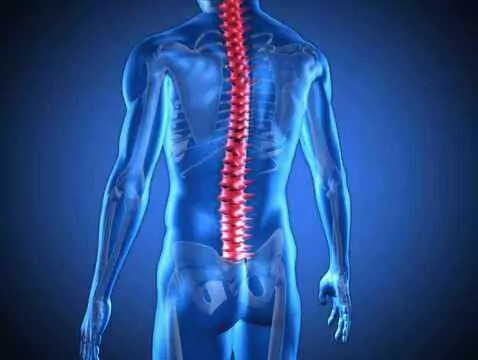Genetic diseases are caused by mutations within single genes or even within entire chromosomes. Spontaneous mutations, which occur suddenly and unexpectedly, are often triggered by harmful environmental factors, radiation. Mutations result in genetic diseases.
Treatment
In 2001, the European Union authorised a drug to make up for the lack of the enzyme alpha-galactosidase. The treatment method is called " enzyme replacement therapy". The treatment consists of administering a weekly or fortnightly drip that contains the necessary enzyme. At the moment, there is still a problem with the reimbursement of the drug in the country.
Fahr's disease
Fahr's disease is another of the ultra-rare diseases with a genetic basis. Fahr's disease is also known as idiopathic calcification of the basal nuclei of the brain. In most cases, the disease affects middle-aged people; however, cases of the disease in children have also been described in the literature.
The disease is extremely rare, with a reported incidence of one person in a million.
Causes of Fahr's disease
The disease is associated with genetic mutations, transmitted autosomal dominantly or recessively, sometimes sporadically. Importantly, the disease can be familial, i.e. it is inherited in an autosomal dominant manner. The disease is caused by mutations :
- SLC20A2 gene - responsible for maintaining phosphate at an appropriate level to ensure homeostasis,
- GCFGFRB gene - which determines the production of a protein essential in maintaining normal cell signalling.
- Sporadic, occurring within chromosome 2, 7, 9, 14.
Clinical manifestations
Three described forms of the disease can be found in the literature:
- Thefirst form - so-called early childhood, is characterised by a high mortality rate due to severe developmental disorders.
- Second form - affects patients around 30 years of age, is associated with psychiatric disorders, cognitive difficulties.
- Thethird form - occurs after the age of 50, is characterised by the presence of dementia, mood disorders.
Fahr's disease does not always produce symptoms - cases of asymptomatic development of the disease have been described. The symptomatic form is associated with the appearance of movement disorders, cerebellar dysfunction, lack of motor coordination, chorea, tremors, athetosis, facial diaskinesis, personality disorders, and dementia may occur. Other, neurological symptoms include epileptic seizures, IX nerve neuralgia, depression, suicidal thoughts, shallow sleep, impaired concentration and problems with so-called 'fresh memory'. On radiological imaging, calcifications within the basal nuclei of the brain are evident.

photo: panthermedia
Diagnosis
Correctly diagnosing the disease is not straightforward. Investigations include a detailed history, psychological tests, imaging studies and radiological examinations. Patients are diagnosed with calcifications that occur in the basal nuclei of the brain, the dentate nucleus in the cerebellum, thalamus and white matter of the brain.
Treatment
For the time being, treatment is based on symptom relief. Pharmacological treatment of anxiety, depression, personality disorders and epilepsy is common. Prognosis is not clear - there is too little literature describing specific cases to make a clear prognosis. Doctors point out, however, that if the disease appears in a person after the age of 25 and runs asymptomatically, one can speak of a relatively good prognosis, giving hope for the appearance of symptoms of the disease after several years.









